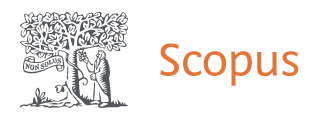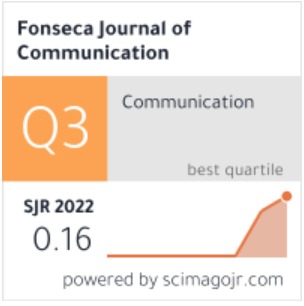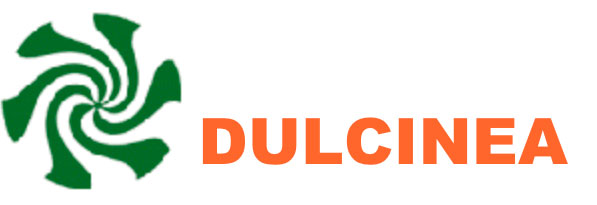EVALUATING THE DESIGN VALUE OF WUHU WESTERN-STYLE CULTURAL PARK: THE ROLE OF DIGITAL MEDIA IN PUBLIC ENGAGEMENT AND COMMUNICATION
Di Hu
Faculty of Fine and Applied Arts, Suan Sunandha Rajabhat University, Bangkok, Thailand, 10700
Chanoknart Mayusoh
Faculty of Fine and Applied Arts, Suan Sunandha Rajabhat University, Bangkok, Thailand, 10700
Akapong Inkuer
Faculty of Fine and Applied Arts, Suan Sunandha Rajabhat University, Bangkok, Thailand, 10700
Pisit Puntien
Faculty of Fine and Applied Arts, Suan Sunandha Rajabhat University, Bangkok, Thailand, 10700
Keywords: Digital Media, Cultural Heritage, Public Engagement, Visitor Experience, Augmented Reality
Abstract
This study investigates the role of digital media in enhancing public engagement and communication within Wuhu Western-Style Cultural Park, a unique heritage site blending Western and Chinese architectural traditions. The research employs a qualitative approach, combining a Systematic Literature Review (SLR) guided by the PRISMA framework and a comparative case study method. Eight key studies were selected from an initial pool of forty, focusing on digital engagement strategies in cultural heritage contexts. The research critically evaluates the application of augmented reality (AR), virtual reality (VR), mobile applications, social media, and gamification in enhancing visitor interaction. Comparative insights were drawn from Suzhou Garden and Guangzhou Cultural Park, highlighting diverse digital engagement approaches. Findings indicate that immersive technologies like AR and VR effectively transform visitor interaction from one-way to two-way communication, enhancing historical interpretation and experiential learning. Social media platforms foster participatory engagement, extending interaction beyond physical visits, while gamification encourages deeper cultural involvement through interactive challenges. However, challenges related to technological accessibility, digital literacy, infrastructure, and generational gaps persist. The research integrates Uses and Gratifications Theory and Media Ecology, offering a critical lens to understand visitor motivations and the dynamics of digital communication ecosystems. The study provides practical insights for cultural heritage managers, urban planners, and policymakers. It emphasizes the need for inclusive, sustainable digital strategies that enhance engagement while maintaining historical authenticity. Recommendations focus on improving accessibility, fostering participatory experiences, and ensuring the long-term viability of digital initiatives in cultural heritage settings.















